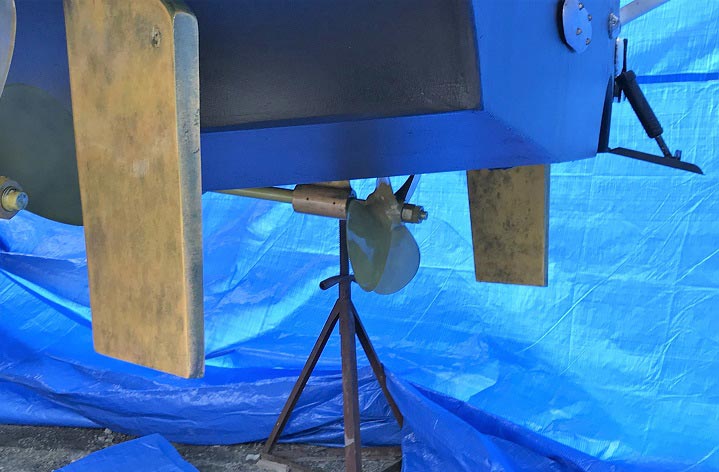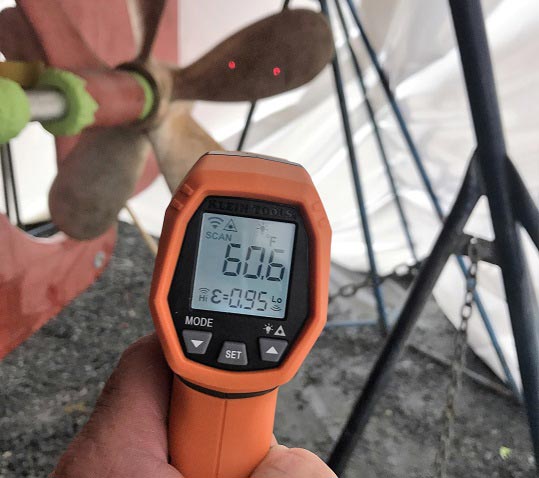Propspeed: An Important Part of Winterization
- Propspeed
Summary
Planning for spring now creates win–win outcomes for boatyards and customers alike. Here are some pro tips for this cooler time of year.

About
Winterization refers to the process of preparing something for winter. It could be your summer home; it could be your car. Of course, when we talk about winterizing, we mean boats—specifically, readying a boat’s mechanical systems for below-freezing temperatures. Why? Because freezing can cause mechanical systems, hoses and other fittings to crack.
Winterization is a major part of a boatyard’s fall and early-winter workload, as boats residing in cold climates all need to be winterized, whether they’re stored indoors or out. Given the many different systems found across boats, both power and sail, flushing engines with antifreeze can be quite a challenge. Add to this the fact that many boats are staying in the water longer and getting hauled at the last minute, and there’s even more pressure on crews to complete their work, as a freeze can set in quickly.
To get ahead of the workload during the busy spring-launch season, many yards sand boat bottoms and remove anodes during the fall, saving themselves hours of prep later on. And because workloads across departments can vary wildly—the mechanical department may be rushed off its feet while the paint department is painfully slow—boatyards are always looking for additional revenue streams. Propspeed, the industry standard in foul-release coatings for underwater metals, is one such revenue generator. Normally, the process begins as soon as a boat arrives at the yard in the fall, which is sometimes as early as Labor Day, but some yards store over 300 boats, so the process can take weeks.
So when should you start winterizing? Some falls in New England, daytime temperatures stay well above 50 degrees Fahrenheit into November and beyond. But, some falls are terribly cold and wet. Because of this, indoor storage is a must in New England. Without heated buildings, yards would never get all of their winter work done in time for spring.

If you’re in an unheated building, you can use oil heaters or torpedo heaters to heat the running gear and surrounding area the night before the application. Just be sure not to heat any of Propspeed’s components. Propspeed performs best between 50 and 90 degrees. Most yards have it either in the stock room or another controlled environment, away from freezing temperatures or excessive heat.

Contrary to what one might expect, daytime temps in the Northeast are actually higher in the fall than in spring, so now is the perfect time to apply Propspeed. That way, the only underwater job left to do is bottom paint. Drying time in between coats will increase, however, so perform a touch test before applying the next layer. Three to five minutes may be sufficient at 80 degrees Fahrenheit, but at 50 degrees, you could be looking at as long as 10 minutes between each coat.
Bear in mind that the temperature of the surface to be coated is just as important as the air temperature. Always use a thermal gun to check temperatures before beginning your application. Most, if not all, mechanical departments will have one available.